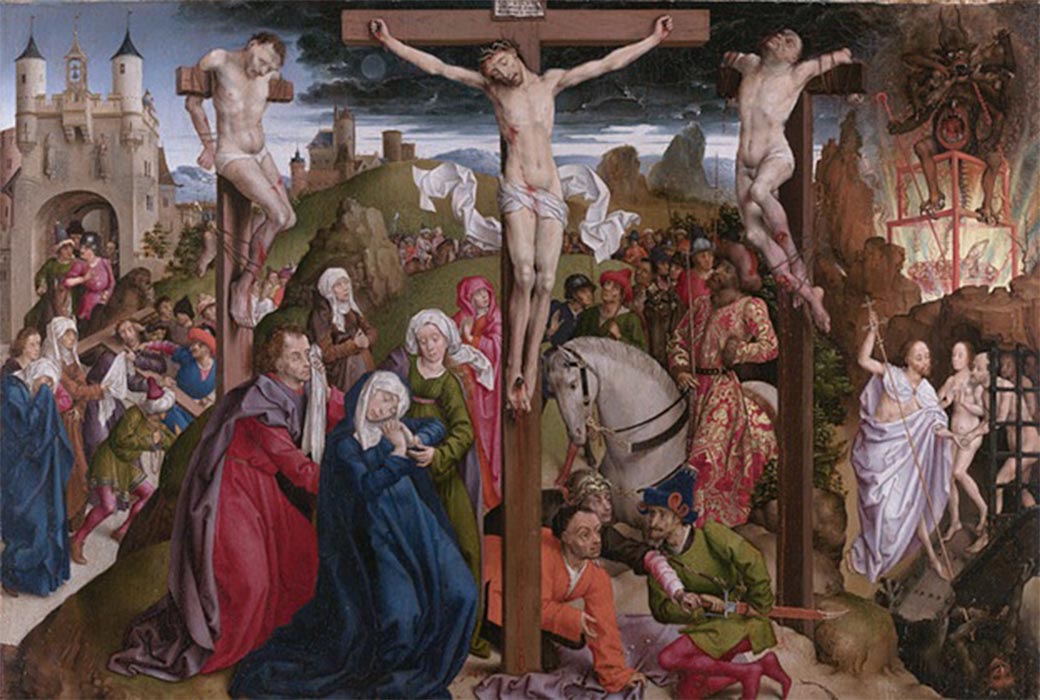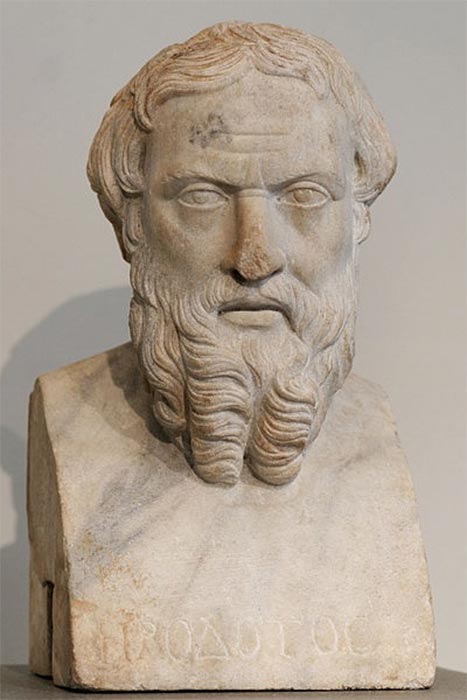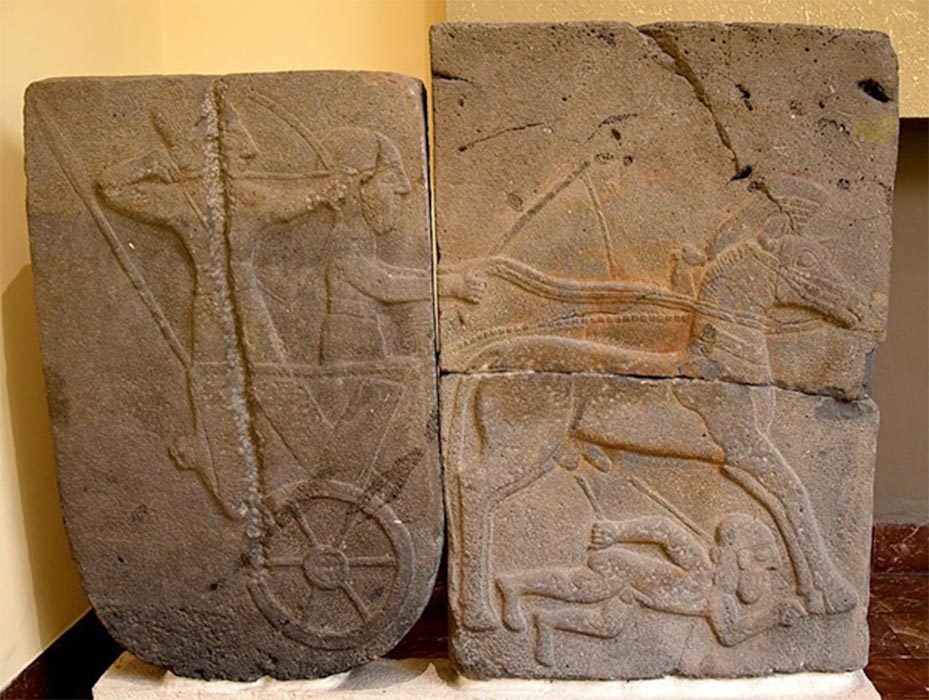
Chronovisor: The Time Machine That Captured The Crucifixion of Jesus
Imagine a time machine, that could capture, among other things, three dimensional holograms of the crucifixion and death of Jesus; a speech by Napoleon; Cicero's first speech against Catiline; and the presentation of the Thyestes by Quintus Ennio in Rome in 169 BC, as well as many other significant historical events. In the 1950’s Father Pellegrino Ernetti, (1925 – 1994) a Benedictine monk, distinguished musicologist, holder of the chair of Prepoliphony at the Benedetto Marcello Conservatory in Venice, claimed to have created such a device, called the chronovisor.

To build a time machine is theoretically possible. (TheDigitalArtist/Needpix)
Experts concur, to build a time machine is theoretically possible, but it will be difficult to implement. Astrophysicist Ron Mallett, mathematician and theoretical physicist Ben Tippett and astrophysicist David Tsang agree it will take years before one acquires all the components needed to assemble one. Currently the only way to time travel seems to be to use one’s imagination, a vector not to be underestimated, as a few decades ago space exploration was considered pure fantasy and today space craft take tourists.

Head of Herodotos; Greek inscription. Roman copy of the Imperial era (second century AD) after a Greek bronze original of the first half of the 4th century BC. From Benha (ancient Athribis), Lower Egypt. Metropolitan Museum of Art (Public Domain)
Ancient Time Traveler Aristea
Ancient chronicles tell of men who have broken down time barriers, although time machines were not mentioned in these narratives. Herodotus of Halicarnassus in his Stories (Book IV, 13-16) tells the tale of Aristea, who one day went into a shop in Proconneso and apparently died there. When the news of his death spread, a man claimed to have spoken with him on his way to Cizicus. When Aristea's relatives went to the shop to recover his body, they did not find him. He reappeared in Proconneso six years later and after composing a poem, he disappeared again. Amazingly, 240 years later Aristea appeared to the inhabitants of Metaponto, whom he ordered to build an altar dedicated to the god Apollo and a statue next to it with the inscription ‘Aristea of Proconneso’.
If one had a modern time machine, one could verify if Aristea really existed, and, as some believe, if he lived in the sixth century BC; if he was Homer's teacher; if he knew the Hyperboreans; if he had the gift of ubiquity; if he was a shaman and if he was able to time travel by harnessing the power of thought or in other ways unknown to ordinary mortals.

Relief orthostat showing a war chariot and a dying naked foe, from Sam'al citadel. (Ninth century BC) Museum of the Ancient Orient, Istanbul. (Public Domain)




